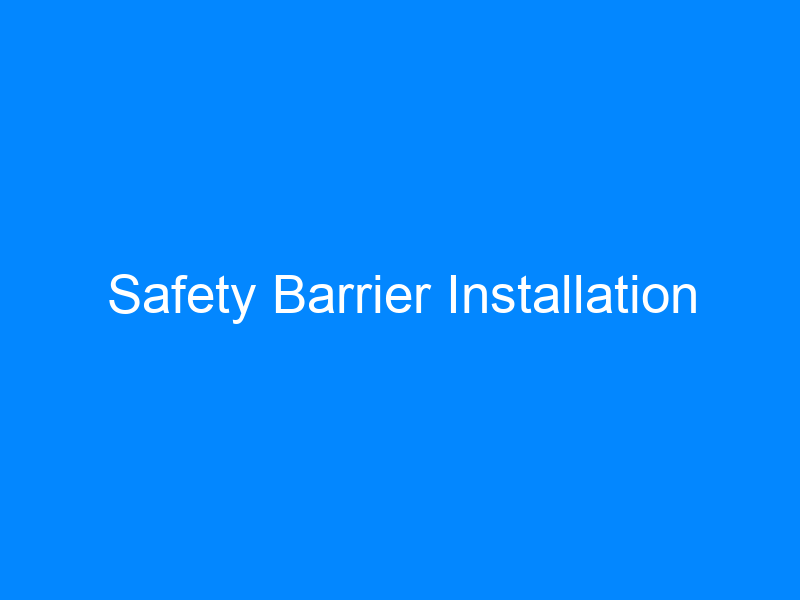With a universal goal of achieving a 0 death toll on roads in Victoria and Australia-wide, it is no surprise that there is an increasing focus on safety barrier installation in all towns and road planning projects. Safety barriers are important for high traffic areas, as well as low traffic and high speed zones such as regional highway intersections and bends. An increasingly popular solution for roadside barriers is the Flexible Safety Barrier.
Flexible Safety Barrier – Quick Facts
Table of Contents
- Why Choose a Wire Flexible Safety Barrier? They are effective at stretching and absorbing the force of a crash
- During impact, the posts bend close to the ground, and the ropes release from the post assisting the vehicle to divert excessive force and slow down
- Tested for three types of vehicles: small passenger, large passenger, and light truck
Improving road infrastructure is a vital part of the goal towards zero. $1 billion is being invested into making Victorian roads safer for people and drivers to use. The Safe System Road Infrastructure Program (SSRIP) is a partnership between the TAC and VicRoads to provide safe road infrastructure throughout the state. Flexible safety barriers are being installed in the centre of high-risk rural roads as they are a proven treatment to save lives on our roads. They prevent vehicles from leaving the road, and potentially hitting unforgiving roadside objects or rolling over and incurring the most damage.
Why use a Flexible Safety Barrier?
Flexible safety barriers are road barriers made up of four tensioned wire ropes supported by steel posts. They are described as flexible because they stretch and absorb the force of the crash. The barriers use a dual mechanism to slow down and divert excessive force away from the people inside the vehicles. The ropes deflect and absorb the energy and the posts collapse, slowing down and redirecting the vehicle away from the hazard with very little rebound. Research has proven the flexible safety barrier as the most forgiving system, with people more likely to survive than other available road barriers.
What are they made from and how do they work?
- The steel components are manufactured in Australia. This makes up the majority of the system. Other smaller parts are manufactured in Europe (with the proprietary system owner).
- The barriers use a two-part system to slow down and divert excessive force away from the people inside the vehicles.
- The steel post is designed to meet a 20-year life span
- Posts are built to 4mm thick and have been galvanised too.
- At the ground level, there is an additional steel stiffening plate to reduce the bending of the post.
- The ropes are 19mm 3×7 strand galvanised cable
The ropes are placed on the post at the desired height by a plastic spacer. Sitting below the top rope, there is a stainless steel stiffening frame and a wire hook. This holds the bottom three ropes within the post. It is designed to remain against the vehicle until there is enough engagement that the hook releases. This design ensures the ropes do not release too early, thus preventing the cable rope from falling below or over the top of the vehicle.
The Wire Rope safety system is built to redirect and absorb energy to protect human bodies. Part of the system is designed and installed to apply tension to the ropes, which absorbs this energy. The tension is applied using a tension machine and hand-pump, to achieve the correct level of tension on the wire ropes, during installation. This tension is maintained by VicRoads.




